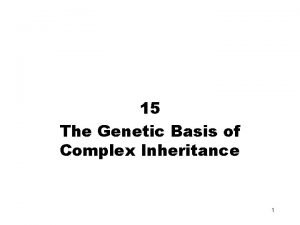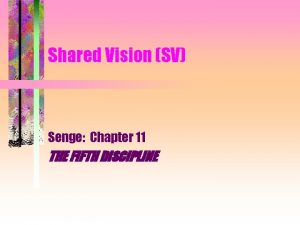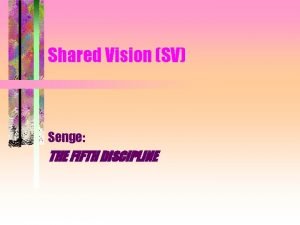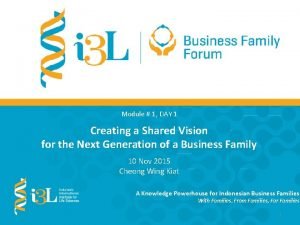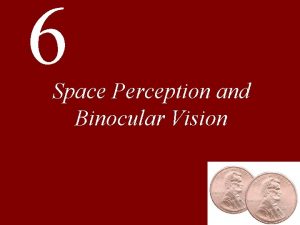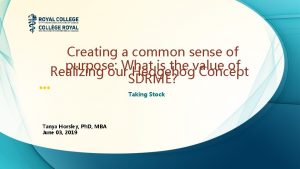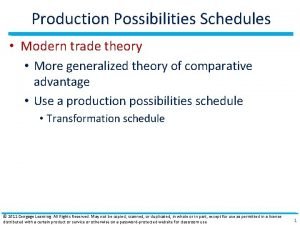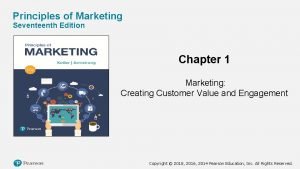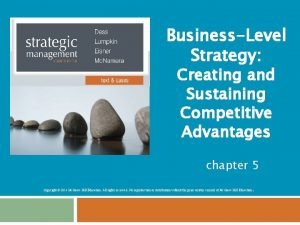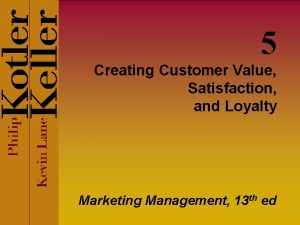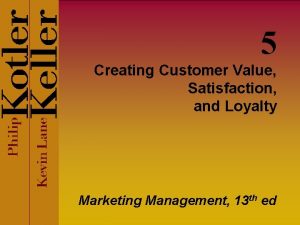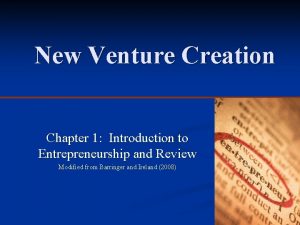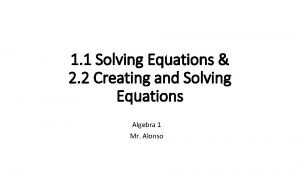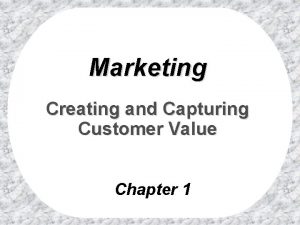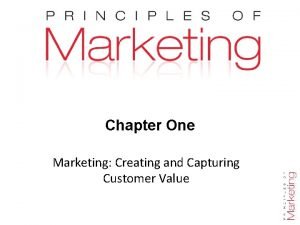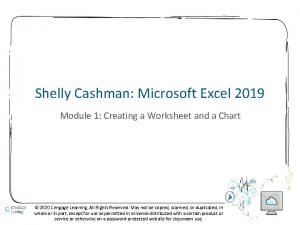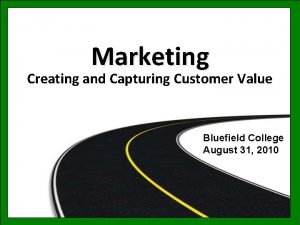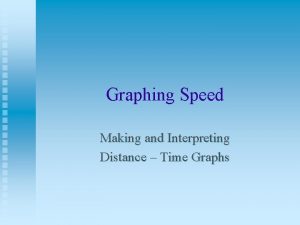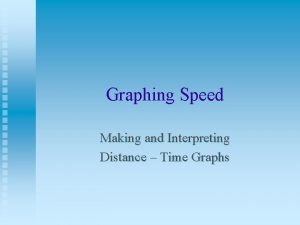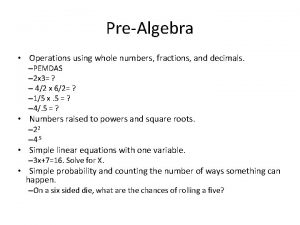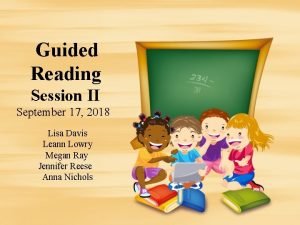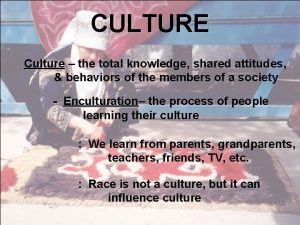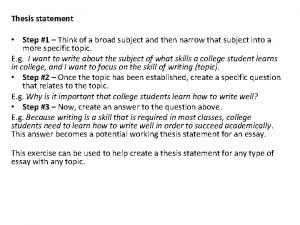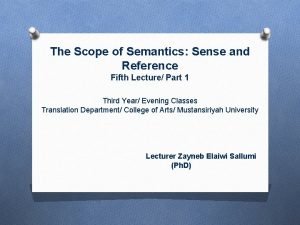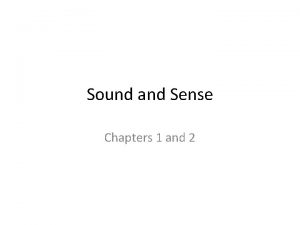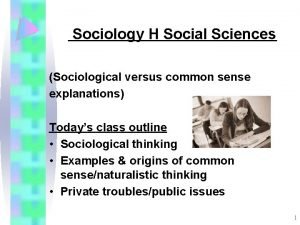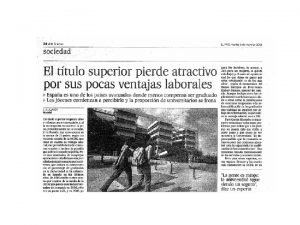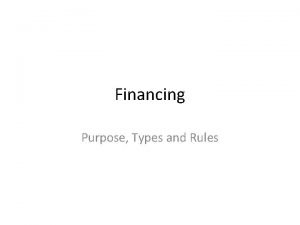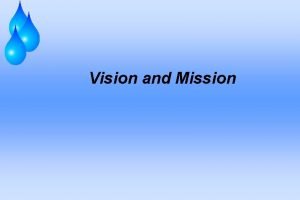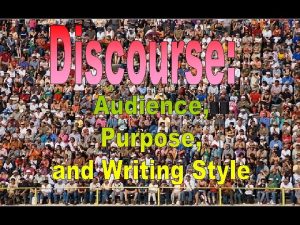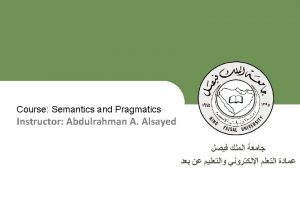Creating a Shared Vision and Sense of Purpose













































- Slides: 45

Creating a Shared Vision and Sense of Purpose ‘The Three Rs’ Refresh, Rejuvenate and Regenerate <Insert Name of School/Childcare Setting and Date>

Training Outline Session Number Name of Session 1 Introduction 2 The Three R’s - Refresh, Rejuvenate and Regenerate 3 The Perfect School 4 Where to Next? Creating Our Vision 5 How Do We Get There? 6 Conclusion

Session 1 Introduction

Training Session Agreement For this training to be successful and comfortable for all participants we need to agree on the following: • We will listen and respect each other and acknowledge that everyone has a valid and equal right to contribute. • Information shared in this session should remain confidential and must not be discussed outside of the training session if it relates to specific staff or children.

Aims of Training 1. To develop a shared vision and sense of purpose for the future direction of the school. 2. To help staff to understand their duty, roles and responsibilities in delivering outstanding teaching and learning experiences.

Objectives By the end of the training session you will: • Feel part of the future vision and direction of the school. • Understand your individual role and responsibilities in terms of delivering outstanding teaching and learning experiences. • Remember why you are teaching!

Session 2 Refresh, Rejuvenate and Regenerate

Why Did You Decide to Teach? • Why did you decide to pursue a career in teaching? • What motivates you? • What has been your biggest success in teaching?

Using Your Power Wisely! • Teachers have the power to change lives. • Teachers can use this in a positive or negative way. Questions How do teachers use their power positively? How do teachers use their power negatively?

Discuss The Following. . • In pairs discuss your favourite teacher and your least favourite teacher when you were at school. Think about: What it is you liked/disliked about them? What qualities did they have to make you respect or disrespect them?

Mr Nice or Mr Nasty? How do you think your class will remember you?

Time to Reflect. . . . • The following is a real teachers comment from a child’s annual report. v Sadly I have struggled to identify any positive points to say about Joe has decided to spend the whole year doing as little work as possible whilst seeking to behave as the class clown. Joe appears to crave attention by behaving in an idiotic way to impress his friends. This has led to very low achievement and progress in all subject areas. Joe needs to improve his attitude and learn to manage his anger as he moves into the next year.

Time to Reflect. . . . Discuss possible answers to the following questions: 1. How do you think the child felt after reading the comments above? 2. How do you think the teacher felt writing the report? 3. What happened next?

Where Has the Enthusiasm Gone? Question – Why do you think teachers get disheartened and disillusioned with the job?

Barriers to Enthusiasm Instant Activity – List the barriers which hinder teachers maintaining energy and enthusiasm for the job.

Pack Your Moans Away

Time to Change. . . . Is your glass half empty or half full?

Think About the Children Debate – Is it fair on the children to have teachers who are glass half empty (negative)?

Overcoming Barriers Activity 1 – Listing barriers and solutions You have 15 minutes to complete this task.

Bad Apples. . . . • It only takes one negative teacher to drag everybody else down. • One negative person can change the ethos of an entire school.

Bad Apples. . . . • The ‘bad apples’ in a school should have their negativity addressed through the performance management system. • Schools do not have to put up with bad apples. • Teachers are paid to do a job!

Session 3 The Perfect School

Imagine. . . What would you see, hear, smell and feel in a ‘perfect school’?

School Vision - Where Are We Now? Activity 2 In groups discuss and record existing school organisation in terms of: 1. 2. 3. 4. 5. Structure (SLT, Keys Stage Teams etc) Technology Processes (Curriculum, Planning, SEN etc) Goals (Where do we want to be? ) External Constraints (Barriers and internal and external challenges)

The Perfect School Activity 3 Think about what the perfect school would look like from the point of view of: • • Children Staff Parents Community • Each group needs to represent the views of the stakeholders identified on the table. • Record what your group of stakeholders would expect from ‘The Perfect School’.

The Perfect School • We all know that no school is perfect and the notion of a perfect school simply does not exist. • We all have a duty and responsibility to try and make our school as ‘perfect’ as possible.

What Are You Going to Change? Instant Activity Think of one aspect of your teaching practice you are going to change to edge a little closer to perfection.

The Perfect School This is what the children think: • • My perfect school would have sausages everyday Teachers who smile, exciting lessons and lots of P. E. A bouncy castle, zip wire and painting Trips out all the time Bright colourful walls, exciting toys to play with Work which is not too easy, work which is not too hard Interesting teachers and not too much writing Time to go on the computers and computers which work all of the time.

Session 4 Where To Now? Creating Our Vision. . . .

Outstanding Schools • Outstanding schools have a very strong ethos. • Outstanding schools have a very strong team all united in achieving agreed aims. • In outstanding schools everybody believes that the children come first.

Time To Shape Up. . . Do you want to be part of an outstanding school?

Time To Pull Together. . . • Everybody needs to play their part. • Senior Leaders must ensure that everybody pulls their weight.

Where To Now? Activity 4 – Think back to Activity 2 which identified where we are now. Using the same headings discuss where we would like to be in five years time. 1. 2. 3. 4. 5. Structure (SLT, Keys Stage Teams, Curriculum etc) Technology (Hardware, software, use of) Processes (Curriculum, Planning, SEN etc) Goals (Where we want to be) External Constraints (Barriers and Challenges to potential success)

Where To Now? Agreeing Priorities • As a school we need to identify the main priorities from the list compiled during the activity. • Everybody has different set of beliefs and values and it is important that vision is reflective of all stakeholders.

Agreeing Priorities Main Priorities 1. 2. 3. 4. 5. 6. 7. 8. 9. 10. 11. 12. 13. 14. 15

Agreeing Priorities Activity 5 (20 minutes) Individually Assign 0, 1, 2, or 3 points to each item. You can only allocate a maximum of 20 points in total. Group One person to collect sheets and calculate the total points for each item.

Agreeing Priorities • We have formulated an agreed list of objectives based on what we see as most important for our school. Questions How do you feel about the priorities? Is there anything you feel is missing? Do they reflect our school and community? Are they achievable?

Session 5 How Do We Get There?

Getting it Right • Vision without plans is pointless. • The school needs to develop a clear set of actions to make the vision a reality. • Every member of staff should be involved in the process.

How Do We Get There? Vision Development Every member of staff must understand the changes they need to make to turn an educational vision into practice. Activity 6 (Stage 1) – (30 minutes) • In groups discuss the identified priorities for improvement on your table. Record what the vision would look like if implemented successfully.

How Do We Get There? Actions Vision without action equals failure! Activity 6 (Stage 2) • Brainstorm in your group actions which are needed to successfully achieve the visionary aim.

How Do We Get There? Organising Actions • The actions need to be sorted into the sequence of actions necessary to achieve the visionary aim. Activity 7 • In groups arrange the actions into the correct sequence from left to right.

Session 5 Conclusion

The End Write three things you are have learnt or are going to take away from this training and which will influence your practice. 1. 2. 3.

Final thought. . . . Every member of the team plays a vital part in the creation, development and realising the ultimate vision. Question - Are you ready and willing to play your part?
 Creating vision and strategic direction
Creating vision and strategic direction Dominant genetic variance
Dominant genetic variance Narrow sense heritability vs broad sense heritability
Narrow sense heritability vs broad sense heritability Senge shared vision
Senge shared vision Fifth discipline
Fifth discipline Shared vision example
Shared vision example What is the author's purpose? *
What is the author's purpose? * Binocular vision and space perception
Binocular vision and space perception Sdrme
Sdrme Structured light
Structured light Vision gives pain a purpose
Vision gives pain a purpose Misleading graph
Misleading graph Sentence purpose
Sentence purpose General purpose specific purpose central idea
General purpose specific purpose central idea Creating production possibilities schedules and curves
Creating production possibilities schedules and curves Marketing: creating customer value and engagement
Marketing: creating customer value and engagement Creating and sustaining competitive advantage
Creating and sustaining competitive advantage What are customer value satisfaction and loyalty
What are customer value satisfaction and loyalty Creating customer value satisfaction and loyalty
Creating customer value satisfaction and loyalty Strategies for creating success in college and in life
Strategies for creating success in college and in life Creating and starting the venture
Creating and starting the venture Mari carlos and amanda collect stamps
Mari carlos and amanda collect stamps Capturing value from customers
Capturing value from customers Creating and capturing customer value
Creating and capturing customer value Creating customer value satisfaction and loyalty
Creating customer value satisfaction and loyalty Excel module 1: creating a worksheet and a chart
Excel module 1: creating a worksheet and a chart 5 core customer and marketplace concepts
5 core customer and marketplace concepts Interpreting distance time graphs
Interpreting distance time graphs Interpreting distance time graphs
Interpreting distance time graphs The american people creating a nation and a society
The american people creating a nation and a society Value creation and value capture
Value creation and value capture Jerome kevin and seth shared a submarine sandwich
Jerome kevin and seth shared a submarine sandwich Shared reading vs read aloud
Shared reading vs read aloud The total knowledge shared attitudes and behaviors
The total knowledge shared attitudes and behaviors Personal and shared knowledge
Personal and shared knowledge What is theatre
What is theatre Romeo and juliet sonnet act 1 scene 5
Romeo and juliet sonnet act 1 scene 5 Sense and sensibility thesis statement
Sense and sensibility thesis statement Sociology and common sense
Sociology and common sense Sense and reference in semantics
Sense and reference in semantics Sound and sense chapter 1 answers
Sound and sense chapter 1 answers Sound and sense alexander pope
Sound and sense alexander pope Somesthetic sensation meaning
Somesthetic sensation meaning Common sense and sociological explanations
Common sense and sociological explanations Five basic tastes
Five basic tastes Kinesthesis and vestibular sense
Kinesthesis and vestibular sense


